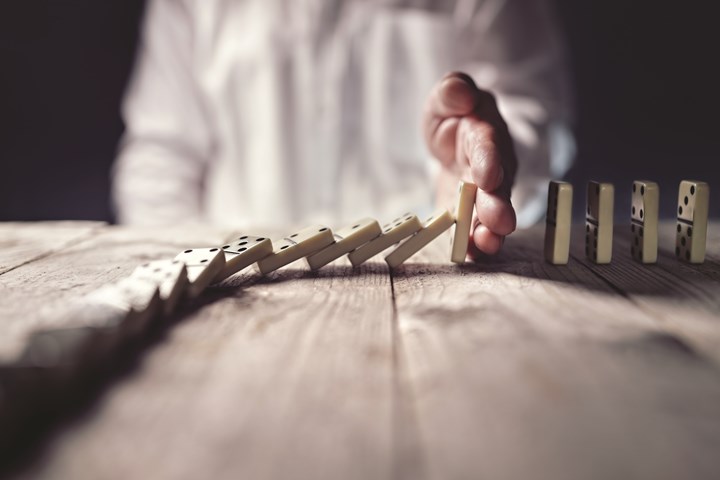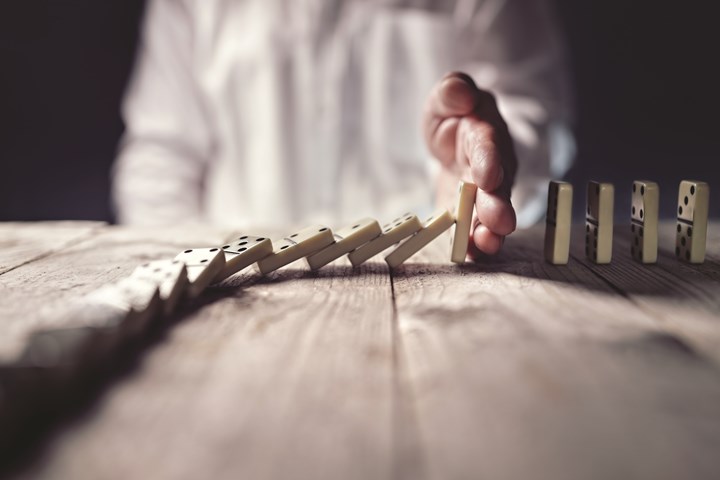
The Changing Nature of Injection Molding
A year ago, as the first images of healthcare workers being vaccinated against COVID-19 were broadcast, and well before we all began an unwanted lesson in the Greek alphabet, I would not have thought my predictions post for 2022 would mention the “C” word through anything but a retrospective view. Yet, as I write this, daily cases numbers and total hospitalizations are at new peaks. The pandemic is very much still our present, not our past, and I’ve long since given up predicting the future as far as Covid goes.
That said, the virus has brought and continues to bring wrenching changes to many aspects of our lives, not all of which are negative. This is certainly true of injection molding were some changes are directly linked to the outbreak, while others are fallen dominoes set in motion by other areas toppled by the virus. Here are five things that, unlike COVID-19, will be part of molders’ futures.
Virtual Visits
As key vendors in the supply chain for all kinds of products, molders have long been asked to open their doors for tours as their capabilities are assessed for new jobs or audited with return visits for existing work. Over the course of the outbreak, I have spoken with many who now offer virtual tours of their facilities. Not pre-recorded glamour reels posted to YouTube, but live, interactive walking tours where virtual visitors could ask questions and get answers in real time. A medical molder based on the East Coast pointed out to me that for many of his California based customers, a traditional plant visit became a multi-day event, just due to travel. Now, those same clients could see everything they wanted to in high definition over the course of a working lunch.
Just in Time
With some minor variations, there’s a familiar layout to molding facilities. Front area with reception space (and hopefully some Plastics Technology magazine on the coffee table), surrounded by offices that open onto the molding floor. The molding floor flows into secondary operations and then packing and shipping, with inspection happening alongside injection. To the extent there’s warehouse space, it’s reserved for molds and materials. What you don’t see, typically, is warehouse space dedicated for a large quantity of finished, packaged products or work in progress. Just in time (JIT) dictates that molders mold only what’s been ordered, and in turn, only order what they need for that run. As supply chain issues interrupt the delivery of all kinds of things, there’s a world where JIT is reconsidered. Parts are molded as material becomes available, and molders maintain inventory to satisfy customers, who are themselves at the mercy of the whims of shipping.
Automation Anew
Not breaking news here to say that the workforce shortage molders experienced prior to the pandemic became worse during the outbreak. What could be new in coming years is more creative responses to this shortage. Acute deficiencies tend to promote new, more radical solutions. Short people, molders are turning more and more to automation. But the style of automation and how they invest in it, could be changing. Autonomous mobile robots (AMR) could be deployed more and more, tending to machine production and ferrying molded goods to warehouses and supplies to the shop floor. Rental robots are gaining a foothold as well, as molders lease automation for a current pressing job and ship it back once the job is finished or redeploy for a new project. The robots themselves can increasingly do more thanks to advances in machine vision and machine learning. The employees the molders have, who are now vital assets, can be assigned to more value added work. That’s long been the promise of robots, but as they gain vision and intelligence, it’s becoming more and more possible.
Reshored Tooling
Just as brandowners and OEMs—spooked by interruptions to longer supply chains—looked to reshore or near shore production back to the U.S. or Mexico, molders that serve them are seeking tooling closer to home. I spoke with numerous molders that were actively assessing and giving business to North American moldmakers in a bid to make sure a vital tool with a tight lead time didn’t languish on a container ship in the mid-Pacific, or more frustratingly, gather dust on a dock in Houston or Long Beach. The cost advantages of tooling from a country like China have long been diminishing for years, but the added headaches of a global supply chain that will be in tumult for the foreseeable future cry out for a domestic solution.
Product Development
From a margin perspective, true shoot-and-ship molders have long been an endangered species in the U.S. Molders increasingly take on more and more services that give their customers the prospect of not just getting a component, but receiving an inspected, decorated, packaged and shipped final product. Over the last year, however, I’ve seen some leading molders (who are really contract manufacturers at this point) shifting to offering complete new product introduction services, moving from “concept to commercialization” as MGS put it regarding its MGS + Formtechnik venture or Mack Prototype’s New Product Introduction services, which includes dedicated space, engineering support and equipment to help companies develop new products. In the early days of injection molding, inventors often came, napkin sketch in hand, with the idea for a wholly new product. Molder and inventor mutually benefitted from product development, and they both could do so again.

Dominoes of change continue to fall as the industry enters 2022.
Photo Credit: Stock Image

Leave a Reply